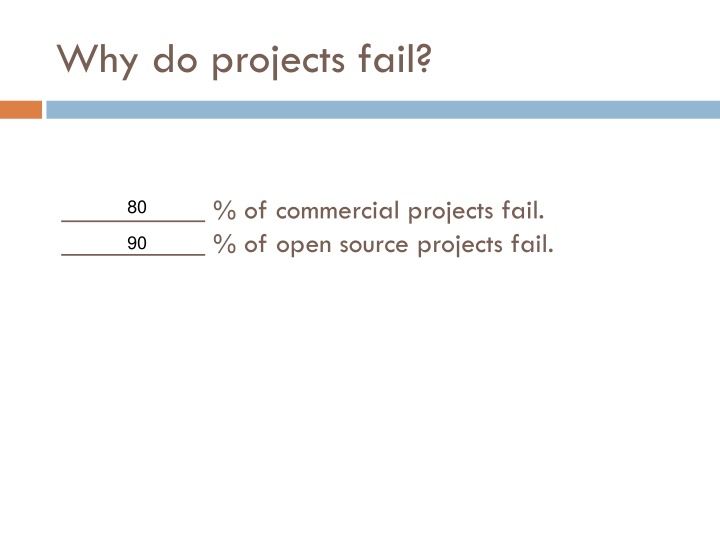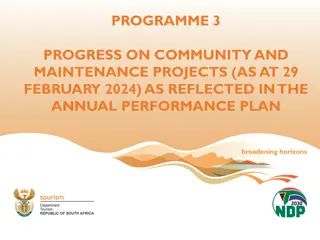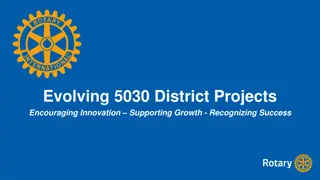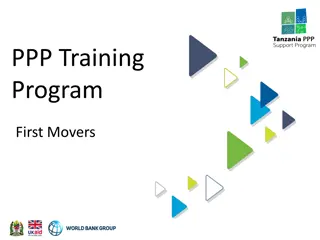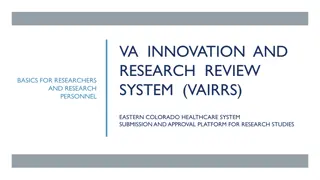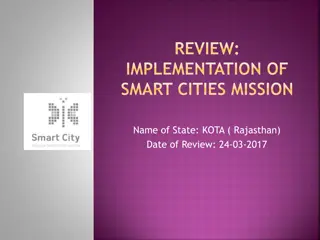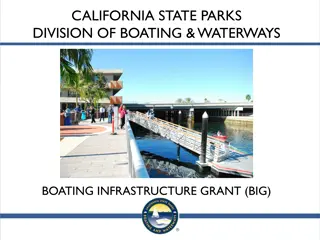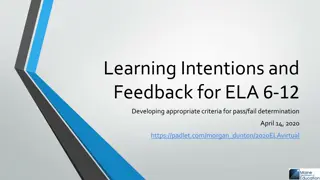Why Projects Fail - Important Questions and Case Studies
Reasons behind project failures, key questions to ask, responsible parties, and real-life case studies illustrating common pitfalls in project management. Learn from technical challenges and team dynamics that can lead to project setbacks
Download Presentation

Please find below an Image/Link to download the presentation.
The content on the website is provided AS IS for your information and personal use only. It may not be sold, licensed, or shared on other websites without obtaining consent from the author.If you encounter any issues during the download, it is possible that the publisher has removed the file from their server.
You are allowed to download the files provided on this website for personal or commercial use, subject to the condition that they are used lawfully. All files are the property of their respective owners.
The content on the website is provided AS IS for your information and personal use only. It may not be sold, licensed, or shared on other websites without obtaining consent from the author.
E N D
Presentation Transcript
Why do projects fail? % of commercial projects fail. % of open source projects fail. 80 90
Why do projects fail? We need to ask these important questions: What kind of failure was it? e.g. incomplete, unreliable, off-schedule/budget Who was responsible? What happened or did not happen? Which process(es) broke down? What module(s)/feature(s) failed?
Project Management Phases Built the wrong thing 1. Defining/Requirements 2. Risks Ignored potential pitfalls 3. Planning & Scheduling Overly optimistic schedules Poor team dynamics 4. Launching Poor development practices 5. Monitoring & Controlling 6. Closing No customer acceptance
Who is responsible? Developers? Poor design Uncommitted or de-motivated developers Silver bullet syndrome Lack of source control, abandoned planning Client/Upper management? Feature creep Unrealistic schedules Unrealistic expectations Incorrect requirements Project Manager? Poor planning Insufficient risk management Insufficient quality assurance
Case Study 1: ATCSoft The ATCSoft project was launched, and steady progress was made When the team set out to integrate the ATCSoft application with existing RADAR equipment, however, they hit a snag The team members could not figure out how to integrate the systems The RADAR system did not have appropriate physical connections, nor was there an appropriate driver for the interconnection The project manager had to hire engineering consultants to work out the integration details This diversion took 2 months and cost a significant amount of money (additional labour, consultancy fees, and business value)
What happened? A technical problem ended up stalling development This could easily have become a complete disaster, if it were not possible to integrate the systems
Case Study 2: PathFinder 2.0 The PathFinder project was started in August Rory T. was the star developer His knowledge of neural nets inspired him to suggest that a neural net implementation of a PathFinder would be a good idea He wrote up much of the foundation code for the neural network Initial tests showed a definite improvement in the PathFinder performance, and more realistic, human-like, decisions Despite the large salary increase he was offered, Rory took a good offer with another firm When some tests showed that the neural net was not fast enough to make real-time decisions, the team had no immediate answers A bug was found that sent the avatars wandering aimlessly around the maze in a circuit, when certain rare conditions were present Again, the team had no idea how to approach the problem
What happened? A personnel problem was at fault The team s over-reliance on a single person was their downfall Taking him out of the equation stalled development In both cases, the team neglected their risks It is critical for a project team to understand and plan for risks
Risk Mitigation In ATCSoft project: the team should have investigated the integration of various systems at the start of the project Given adequate time, the integration could have been worked out before it was needed In the PathFinder project Rory could have thoroughly documented the neural network code as it was developed He could have had seminars for team members, explaining the concepts of neural networks Understanding neural networks, the team would have a better chance of carrying on without Rory
Risk Assessment The following describes the risk assessment process: 1. Identifying risks 2. Estimating a risk s cost/effects 3. Estimating a risk s likelihood 4. Identifying alternatives 5. Evaluating/comparing alternatives Once risks are assessed, a project manager should plan for them
Risk Identification The first step in risk analysis is to identify the project s risks Each project has its own set of unique risks Identifying risks seems like a dark art How do you identify something that could potentially be hidden until it is too late? Risk identification can be made easier using categories of risk This leverages the knowledge of many project managers who have experienced risks
Categories of Risk Technical risks (related to using a particular technology) Performance Reliability Availability Complexity Project management risks Poor resource allocation Poor planning Poor prioritization Organizational risks Lack of support or resources Inadequate or inefficient management Interference from other projects & management agendas
Categories of Risk Constraint risks Deadlines Resources Business risks Marketability Timing Vendor delays Economic conditions External risks Changing laws and regulations Dependence upon suppliers and contractors
When do we identify risks? Identify risks before the planning phase Some risks may be difficult to spot when looking at requirements at a high level Identify risks after the planning phase It is useful to know risks before the planning phase, so that extra time can be dedicated to their mitigation A good compromise is to perform risk identification during the planning phase: After creating the work breakdown structure Before creating the schedule
Common Risks Feature creep New features are frequently added after development has started Implementation gold-plating Developers are working on the perfect implementation Inadequate design Too little attention has been paid to design Overly optimistic schedules Management pushed schedules down, rather than schedules work their way upward from developers Poor motivation/weak personnel Developers are working at a less-than-optimal pace Silver-bullet syndrome A trendy technology was expected to produce the equivalent to 10,000 lines of code in only 50 lines of code Contractor failure A contractor lacked expertise/commitment needed to do the job on schedule
Estimating Risk Costs & Effects Estimating the costs & effects of a risk is dependent upon the risk e.g. A project using a new technology might realize that the technology is inadequate or unreliable Now, the application must be retrofitted to another (trusted) technology Much of the software may need to be replaced The cost in this case is the cost of developing the obsolete components In addition, there may be hidden costs due to delays (such as customer confidence or personnel availability)
Estimating Risk Costs & Effects Estimating the costs & effects of a risk is dependent upon the risk e.g. In some projects there is a risk that a key developer will leave the project If the key developer leaves, what will it take to replace her? Given market conditions, you might estimate a replacement in 2 months Some project deliverables might be delayed by up to that amount in her absence Also, you may have to consider signing bonuses, relocation expenses, travel expenses, and other hiring costs It depends on the project whether or not these costs are considered high
Estimating Risk Likelihood Like risk cost, risk likelihood also depends on the risk The likelihood that a technology will fail can usually be estimated accurately, e.g. Based on performance in similar projects Based on performance in well-known projects Based on available expertise Other types of risks e.g. likelihood of a person leaving a project may be harder to quantify One possibility is to ask
Identifying Alternatives C++ or Java? If Sarah leaves, who can replace her?
Evaluating & Comparing Alternatives Let us examine alternatives to Sarah: Gerard: Has leadership, but lacks the technological expertise Gerard is a take charge kind of person He is also a get it done kind of person However, he is not familiar with XML and many other technologies we plan to use Helen: Knows some of the technology, but is very inexperienced Helen knows XML and a few other technologies we plan to use However, Helen is just starting her career She has difficulty being assertive and taking charge She doesn t command respect from her colleagues Her development itself is slow
